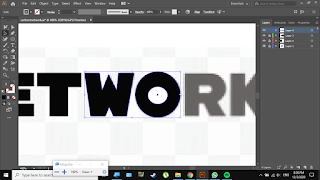Form is an element of art that is three-dimensional and encloses volume, including height, width and depth. Form may also be free flow.
The Principle of Organisation.
The artist’s task is to bring order out of chaos, and whether the imagery is objective or non-objective, and is selected from the media and medium. Artist then begins by organizing the elements of art, such as line, shape, value, texture and color, and apply the 7 principles of design.
This is the organising process, which can be variously termed composition or design.
Form and Visual Ordering.
A completed work of art has three components:
1. Subject.
2. Form.
3. Content.
The components change only in the degree of emphasis. When we see images, we take a part in visual forming in an orderly manner.
Artists are visual formers with a plan. With materials, they can arrange the elements of design accordingly.
Elements of Design:
Point
Line
Shape
Texture
Value
Colour
Form
The elements of art are employed according to the principles of organisation, which has two paths, harmony and variety.
Harmony involves repetiton, rhythm, closure, or visual links. It could be one, or a combination of two or three, or all of them.
Variety involves factors of difference, contrast or elaboration.
With harmony and variety combined, they create the principles of organisation, which are:
Balance
Proportion
Dominance
Movement
Economy
which, in turn, creates space in order to produce unity in the visual arts.





























































